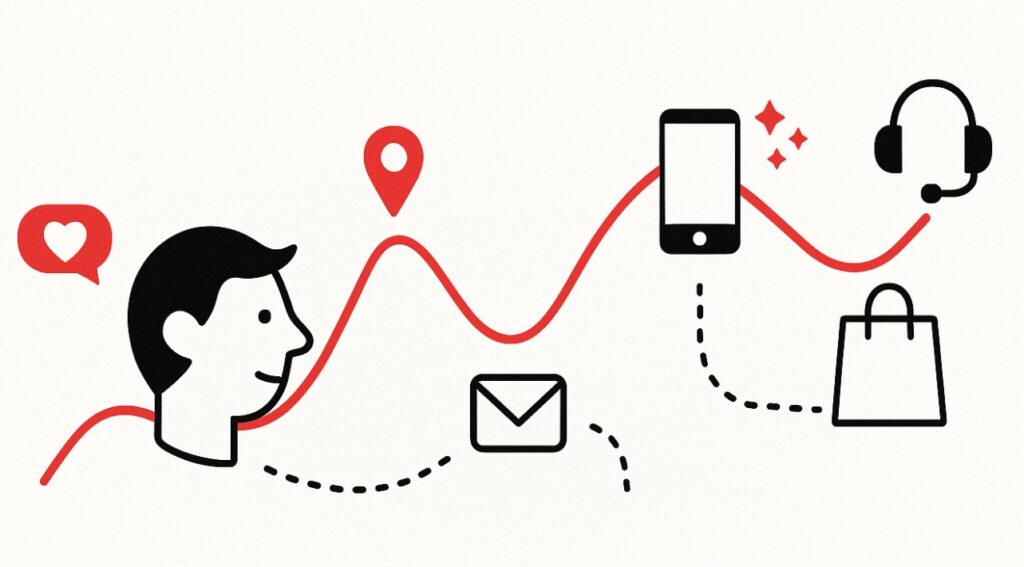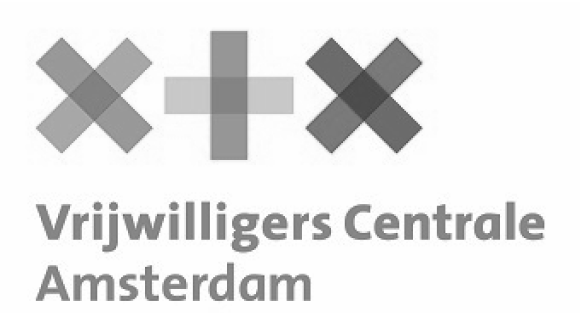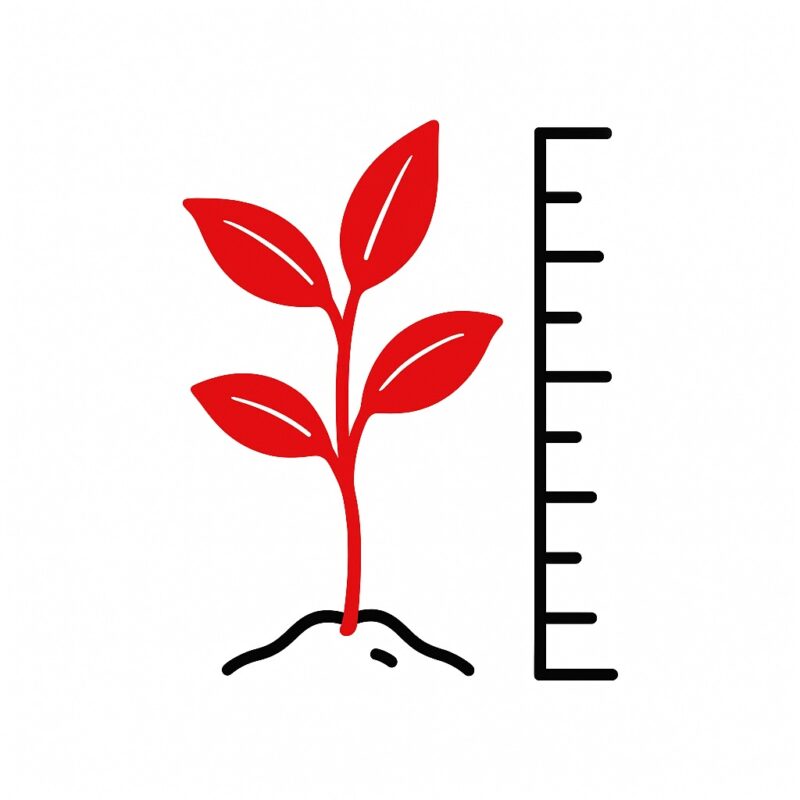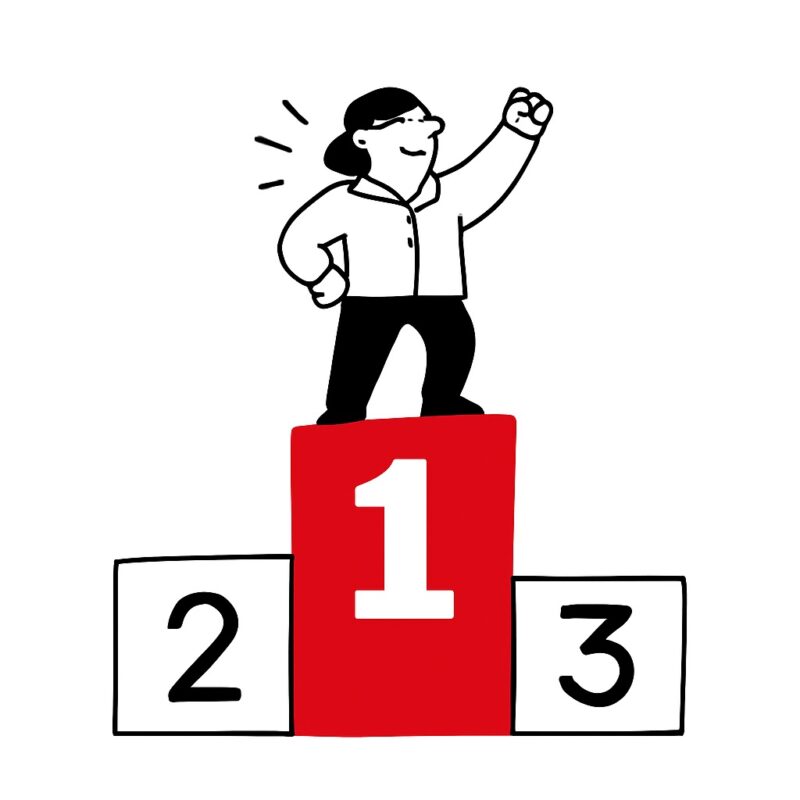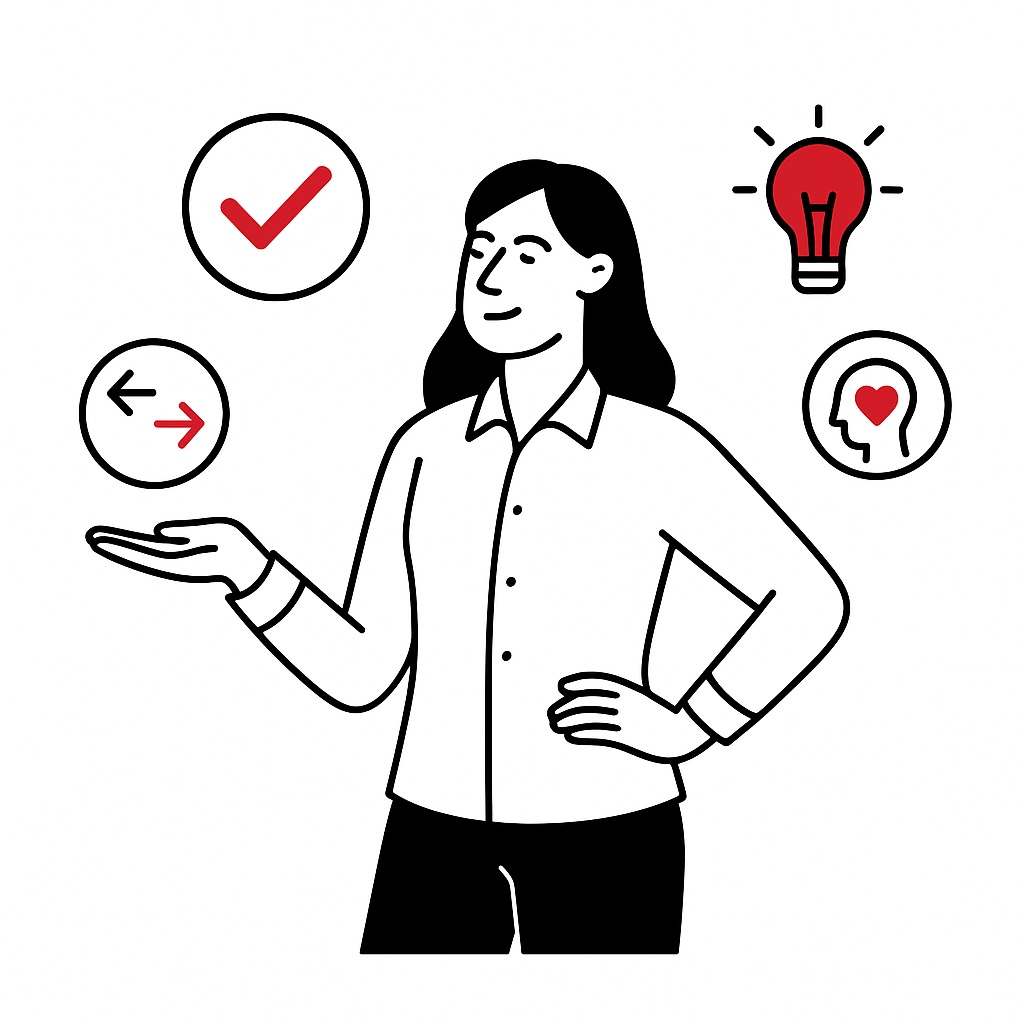Customer journey: valuable insights into behavior, experience and brand interaction at every touchpoint
About customer journey
A good customer journey provides insight into all the steps a customer goes through: from first touch to long-term relationship. By mapping the customer journey, you can identify pain points and bottlenecks that customers experience during their interaction with your brand.
Supporting customers during the customer journey is key here, so that they are optimally supported at every moment. It is important to formulate a clear goal in customer journey development so that you can work in a targeted way to improve customer satisfaction and conversion rates. Mapping the customer journey is a continuous process in which you constantly visualize and analyze the different phases and contact moments. In this article, we explain how to structure and optimize bringing the customer journey for a better customer experience. Customer journey development is indispensable for brands that want to grow customer-centric.
What is a customer journey?
The customer journey is the set of steps, contact moments and interactions between your brand and a (potential) customer. It is essential to identify all contact points where a customer interacts with your brand, both online and offline. Customers interact with your organization through various channels, such as social media, email or physical stores. This can be about a purchase journey of a product or service, for example buying a subscription or booking a hotel room, but also about onboarding, service or repeat visits.
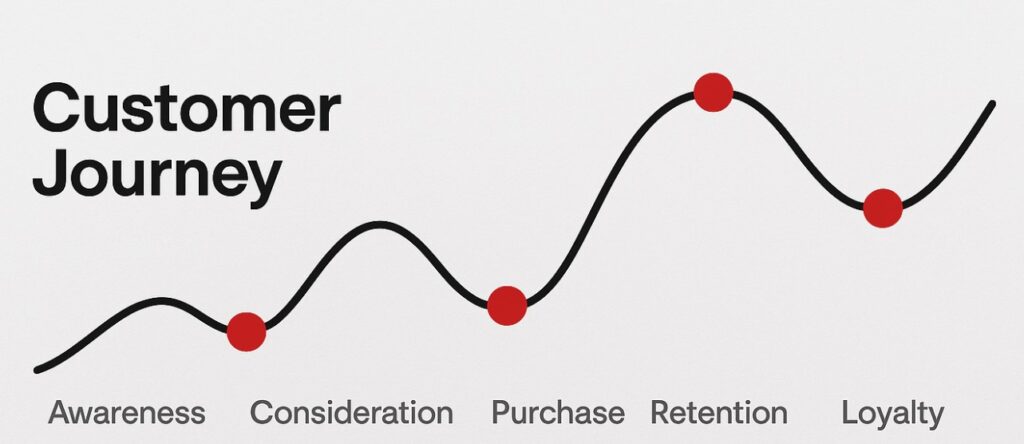
Every moment counts. Recognizing potential customers in the different phases of the customer journey is crucial to be able to respond to their needs in a targeted way. At OMA, we analyze this journey from both the end user’s and the brand’s point of view: where does the offer connect, and where does it chafe? We translate the insights into concrete improvements in communication, design, touchpoints and propositions. Good service during the customer journey increases customer satisfaction and removes obstacles in service provision. In the consideration phase, for example, we can offer valuable content, such as white papers or success stories, to entice potential customers to share their contact details and build trust.
We use methods such as design thinking, service design and customer journey mapping. These are closely linked to processes such as brand positioning, UX design, content strategy and brand activation. The customer journey often serves as a starting point for innovation or as a test for brand and communication choices.
What to expect
- Comprehensive customer journey mapping (B2B or B2C)
- Personas, CPI analysis and audience segmentation
- Touchpoint analysis with friction and opportunity points
- Strategic recommendations by customer journey stage
- Linking to brand strategy, UX and content
- Visualizations and concrete quick wins
- Visual representation of the customer journey for a clear overview of all steps, emotions and contact moments
- Creating a customer journey map to understand all phases and interaction points
- Collect data during the customer journey process through surveys, interviews and data analysis for a detailed customer view
Sample applications
- Optimization of digital channels or funnels, looking at the right touch points at each stage of the customer journey – such as the purchase stage – to create a positive experience.
- Improve onboarding or service processes so that customers have a positive experience from first contact to after purchase and loyalty is encouraged.
- Insight into orientation and purchase behavior, by analyzing which stage the customer is in, for example during the purchase of a product, and which contact moments – such as emails – contribute to a positive experience.
- Basis for new propositions or activation campaigns, where it is important to ensure a positive experience at every stage of the customer journey so that customers are more likely to purchase and remain satisfied.
- Validation of brand positioning in practice, by testing whether the brand promise actually leads to a positive experience at each stage the customer is in.
- Input to UX trajectories, wireframes and prototyping, focusing on the different stages of the customer journey and the importance of positive experiences at every touch point, such as emails or service calls.
Our working method
- Target group & data – We start with research, interviews and behavioral data. Analyzing different customer journeys is essential here to understand the needs and expectations of the target group.
- Journey mapping – We clearly map the customer journey. Customer journey mapping is an important step in understanding and optimizing the entire customer journey. It is important to map the customer journey well so that we can develop effective sales strategies and strengthen the connection between online and offline channels.
- Analysis & insights – We identify frictions, gaps and opportunities. By analyzing customer journeys, we can optimize our sales strategies and increase prospect and customer engagement. The article-laying process helps us present the steps and insights in a structured way.
- Consulting & optimization – We link the journey to brand, UX and content. The customer journey should be regularly evaluated and adjusted, as it is an ongoing process that can be continuously improved for optimal customer experience and competitive advantage.
- Activation – From visual translation to creative application
While going through these steps, skills, methods and principles of design thinking are indispensable, and working in a multidisciplinary project team is crucial for success. Involve students actively in the process and apply design thinking in teaching to enrich the learning process. By developing a new way of thinking and recognizing what didn’t work initially, designers and design teams can create better and better solutions.



